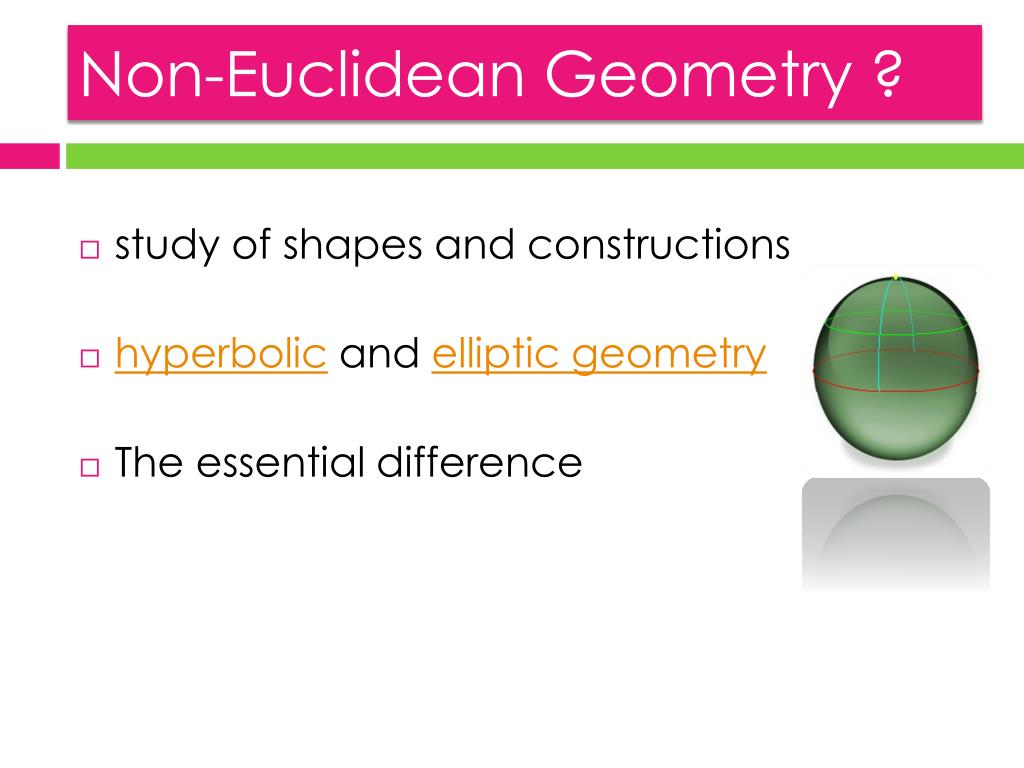

Postulate 2: A terminated line can be further produced indefinitely. Take a look at the line below only one line crosses through P and Q, and that line is PQ, which passes through both Q and P.


This postulate proves that at least one straight line goes through two separate points, but it does not rule out the possibility of additional. Postulate 1: A straight line can be drawn from any one point to another point Let's have a look at the five Euclid's postulates: The term surface refers to something that merely has length and width. As a result, a solid is a three-dimensional form, a surface is two-dimensional, a line is one-dimensional, and points are dimensions. Each step removes one dimension from the form. Solids-surface-lines-points is a three-step procedure described by Euclid from solids to points. There are a few words that we need to understand before we can examine Euclid's postulate. He then defined the concepts like angles, circles, triangles, and several other polygons and figures based on these terminology. Euclid knew that a thorough study of geometry must begin with the fundamentals. A circle is a planar form with all of its points at the same distance from the centre (called the radius). An angle is the degree of inclination between two straight lines. A planar surface is one that has straight lines all the way around it.Īngles and circles are two classic Euclidean geometry examples.A surface has only two dimensions: length and width.A straight line is one that has all of its points in the same place.A line’s terminal position is called point.The following are some of the facts postulated by him: The definitions, axioms, theorems, and proofs of numerous forms were discussed by Euclid in a very simplified way.Įuclid particularly addressed the shape, size, and location of solid shapes, as well as terminology such as surface, straight or curved lines, points, and so on in his geometry. When Euclid compiled all of the notions and basics of geometry into a book called 'Elements’, Euclid's geometry came into action. Geometry arose from the necessity to measure land and was studied in various ways by many ancient civilizations, including Egypt, Babylonia, India and others. The words ‘geometry’ and ‘metron’ are Greek words that signify ‘earth’ and ‘measurement’, respectively.


 0 kommentar(er)
0 kommentar(er)
